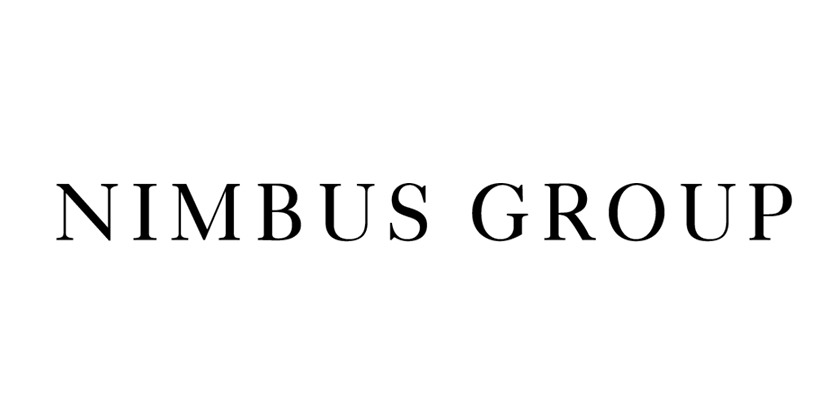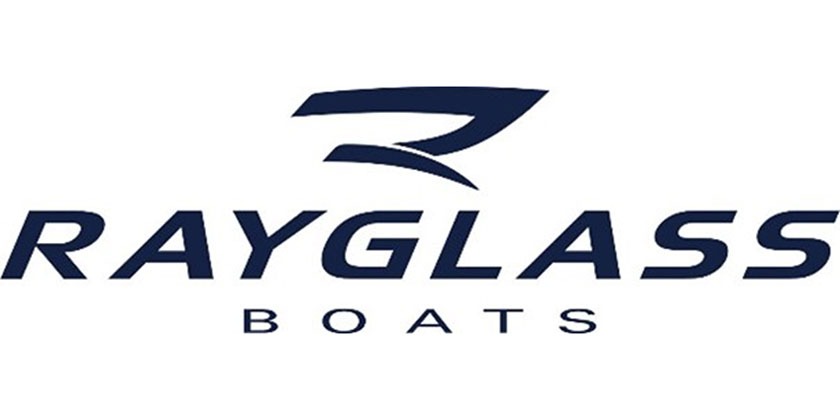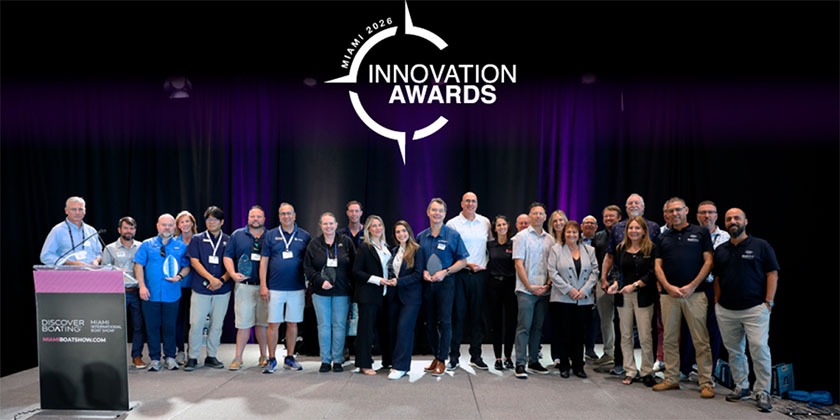YES, YOU CAN! DIY TIPS FOR PLANNING A SUCCESSFUL PROFESSIONAL EVENT

Aug 20, 2019
By Elena Langdon
So, you’ve been tasked with organizing a company event or educational meeting, or you’re looking into starting one for your professional circle, and now you’re wondering whether you have what it takes. While professional event organizers are probably necessary for meetings with attendance in the several hundred, you’d be surprised what a small group of dedicated volunteers can do for smaller gatherings, not to mention the free and user-friendly resources available to support you. And while there is such a thing as organizational engineering, it doesn’t take a graduate degree to plan and host a successful event, as long as you follow these six basic guidelines.
Teamwork. Whatever you do, don’t try this alone. You’ll need at least two other people to keep you on task and off the therapist’s couch. Depending on the size of the event, five to six people is plenty for the main planning, and then another dozen or so on-site for the actual gathering. You also must know (or learn) how to delegate. If your strengths don’t include drafting and sending out email blasts to 100 potential sponsors, delegate that to another team member who thrives on executing concrete tasks on a timely basis.
Venue. If you’re planning an event for the first time (or for the first time in a new location), this is the first thing you need to secure—especially if you or most of your team are not local. For example: a very qualified team based in Brazil and Canada organized what looked to be an amazing professional event in Boston, with top speakers and killer pre-conference social media buzz, only to end up canceling because they hadn’t secured a venue and didn’t check hotel prices. If you host an annual conference at the same location every year, nine months of preparation should suffice. The same holds true for events in new locations, as long as there are under 50 attendees. However, for large, multi-day events held in different cities every year, you’ll need more time for planning. Picking a venue can be quite fun. Don’t discard the possibility of universities, boutique hotels, or other creative solutions. Very successful annual meetings can be held in unique locations like state history museums, for example.
Speakers and sponsors. Selecting who will present at your event is also key. You can put out a call for proposals, personally invite presenters, or do a combination of the two. Some organizations have a budget to pay speakers, while others don’t, and yet there never seems to be a short supply of willing presenters. And speaking of budget, make sure you consider requesting financial support from sponsors and/or exhibitors. If you are offering food and paying speakers at your event, chances are you won’t break even without either this type of external support or charging high registration prices. Another distinguishing element that can add value to your conference is international experts; you’ll need to plan ahead so you can hire top-notch interpreters to bridge any language barrier, but with enough time and by choosing professionals who specialize in your field, communication will be flawless.
Schedule. Other details to consider, which can vary widely from event to event, include the length of sessions and breaks, whether you want concurrent sessions or not, what parallel or extra-curricular gatherings to include, and the type of food you will offer. All of these will affect your budget and interest in the event—great marketing will only get you so far, and attendees are often motivated by small details like hot meals instead of boxed lunches.
Time and time-saving apps. Planning an event takes time, of course. As mentioned above, a one-day event will take about nine months to plan, once you’ve locked down the venue and lodging. After securing a venue and date, outline a basic schedule of larger tasks, and break them down into monthly and weekly sub-tasks. Then take advantage of technology to manage your tasks and communicate with your team. There are numerous organizational apps out there, often available for free, ranging from cloud-based collaboration tools to simple but powerful online to-do list applications and scheduling tools.
Audience. One of the advantages of planning an event internally is that no one knows your audience better than you. You know whether they would be interested in an evening of board games or sing-alongs, for example, or prefer visiting a local tourist attraction versus a local brewery. Because you are part of their tribe, you can experiment with ideas and customize the event to meet their preferences. An external organizer might insist on cookie-cutter solutions that you instinctively know won’t work. If, for example, you know you have an above average number of vegetarians in your group, don’t let even the most experienced caterer convince you to offer only a small percentage of vegetarian meals. Finally, if you anticipate any Deaf or Hard of Hearing audience members, you’ll need to hire a few American Sign Language (ASL) interpreters and/or Certified Deaf Interpreters (CDI).
Finally, remember that imitation is the sincerest form of flattery. At every event you attend, large or small, take notes on what you see from an organizational standpoint, and then discuss with your team to see which features might make sense for your group. Another common saying applies as well: practice makes perfect. The more you organize the same event, or similar ones for the same type of audience, the easier it gets. And before you know it, you too will be hooked.
About the author:
Elena Langdon is a Portuguese-English conference interpreter, interpreter trainer and certified Portuguese-to-English translator and an active member of the American Translators Association. The American Translators Association represents over 10,000 translators and interpreters across 103 countries. For more information on ATA and to hire a translation or interpreting professional, please visit www.atanet.org.
























